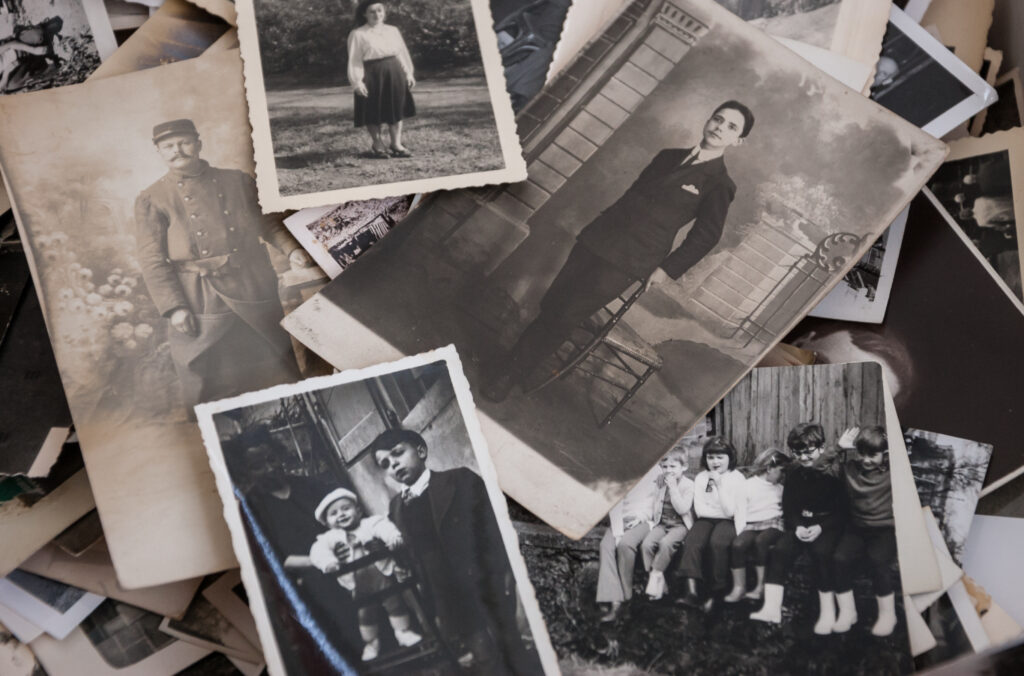Victorian London was a place of stark contrasts, especially for children. Children from wealthy families led lives of relative comfort and education, often attended by nannies and governesses, and spent their days learning in private schools or at home. On the other hand, children from poorer backgrounds faced a harsher reality, often working long hours in factories, mines, or as street vendors to support their families.
Health and well-being often depended on a child’s social class. Wealthier children had access to better food, medical care, and safer living conditions. Poorer children lived in overcrowded, unsanitary conditions, making them susceptible to diseases and malnutrition.
Despite these challenges, some initiatives to improve children’s lives arose during this period, such as the establishment of ragged schools, which offered basic education to destitute children. This era highlighted the significant disparities in children’s lives and prompted real social changes aimed at improving the well-being of the young.
Daily Life of Children

Victorian London was characterised by stark contrasts in the lives of children, divided by class and circumstance. Wealthier families afforded education and comfort, while poorer families often relied on children’s labour for survival.
Education and Schooling
Wealthy children typically received a formal education. They attended private schools or were tutored at home. Subjects included reading, writing, arithmetic, languages, and social etiquette. Girls often focused on music, sewing, and domestic skills.
Poor children had limited access to education. Many attended ragged schools, which offered basic literacy skills. These schools were often crowded and underfunded. Compulsory education laws introduced in the late 19th century gradually improved access, but many children left school early to work.
Child Labour and Work
Child labour was prevalent, especially among poorer families. Children worked in factories, mines, and as street vendors. Their jobs were often dangerous and exhausting. Chimney sweeps and match girls faced severe health risks.
Working hours were long, typically 12-16 hours a day. Small bodies made children ideal for tasks requiring agility. Legislation, such as the Factory Acts, aimed to reduce child labour, but enforcement was inconsistent. Work was a harsh reality for many Victorian children.
Family Life and Home Environment
Family life varied by socio-economic status. Wealthy families lived in comfortable homes with servants. Children had nurseries, toys, and hobbies. Family dinners and social events were common.
In contrast, poor families often lived in crowded, unsanitary conditions. Multiple families might share a single room. Illness and malnutrition were common. Children contributed to household income or cared for younger siblings. Despite hardships, family bonds were strong and crucial for survival.
Social and Health Issues
Children in Victorian London faced numerous social and health challenges. These included inadequate public health measures, a high rate of child mortality, and the need for significant reforms to improve child welfare.
Public Health and Hygiene
Public health and hygiene were major concerns in Victorian London, particularly for children. Overcrowded living conditions in urban areas led to widespread disease. Poor sanitation meant that waste often contaminated drinking water. Many children suffered from illnesses such as cholera, typhoid, and tuberculosis due to these unsanitary conditions.
Efforts to improve public health included the implementation of sewage systems and clean water supplies. Campaigns to educate the public on hygiene practices also played a role. Despite these measures, many poorer areas of the city still struggled to maintain basic standards of cleanliness.
Child Mortality and Medicine
Child mortality rates in Victorian London were alarmingly high. Diseases such as measles, diphtheria, and whooping cough were common and often fatal. Medical care was not easily accessible to the poor, and treatments were limited.
Advancements in medical science gradually improved the situation. Vaccination programmes started to reduce the incidence of deadly diseases. Hospitals and clinics provided more specialised care for children, although access was still a significant issue for many families.
Reform and Child Welfare
Reforms in the late 19th century brought changes to child welfare. Legislation aimed at improving living and working conditions for children was introduced. The Factory Acts reduced the number of hours children could work and set minimum age limits for employment.
Organisations such as the National Society for the Prevention of Cruelty to Children (NSPCC) worked to protect children from abuse and neglect. These efforts marked the beginning of a societal shift towards recognising the rights and needs of children. Reforms helped to provide a safer environment, although challenges remained, especially in impoverished areas.
